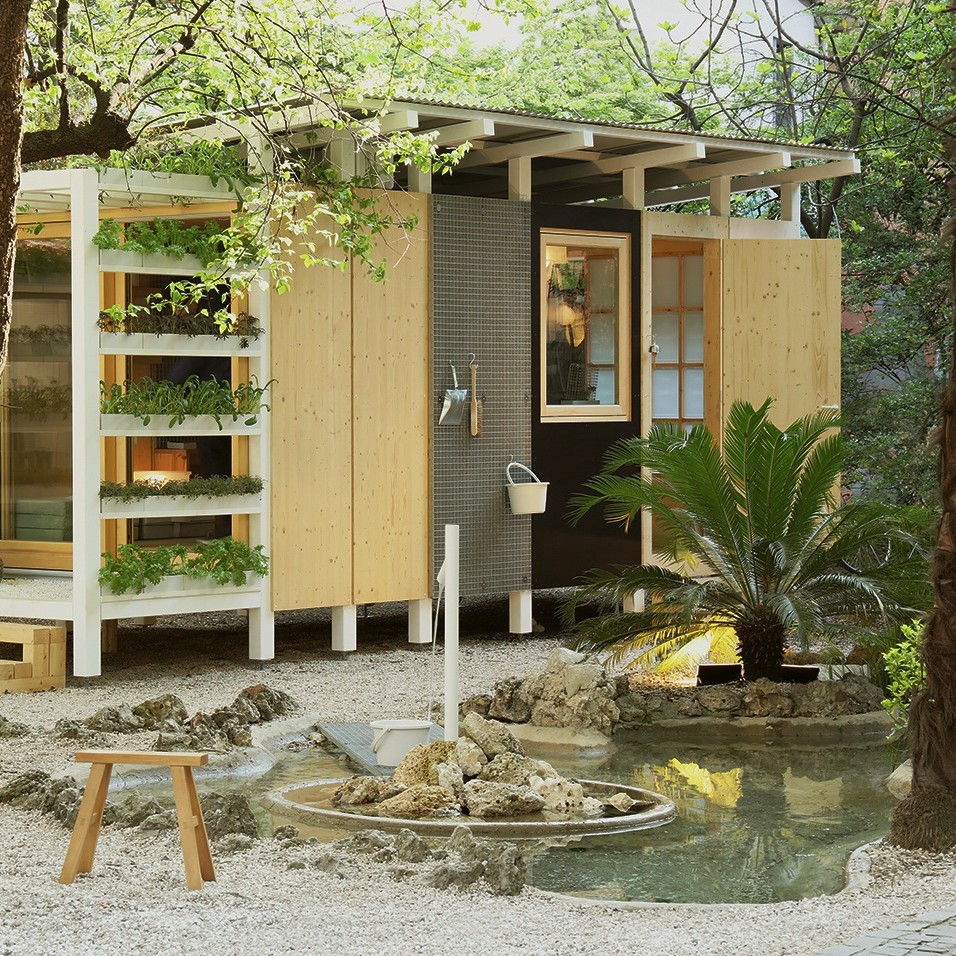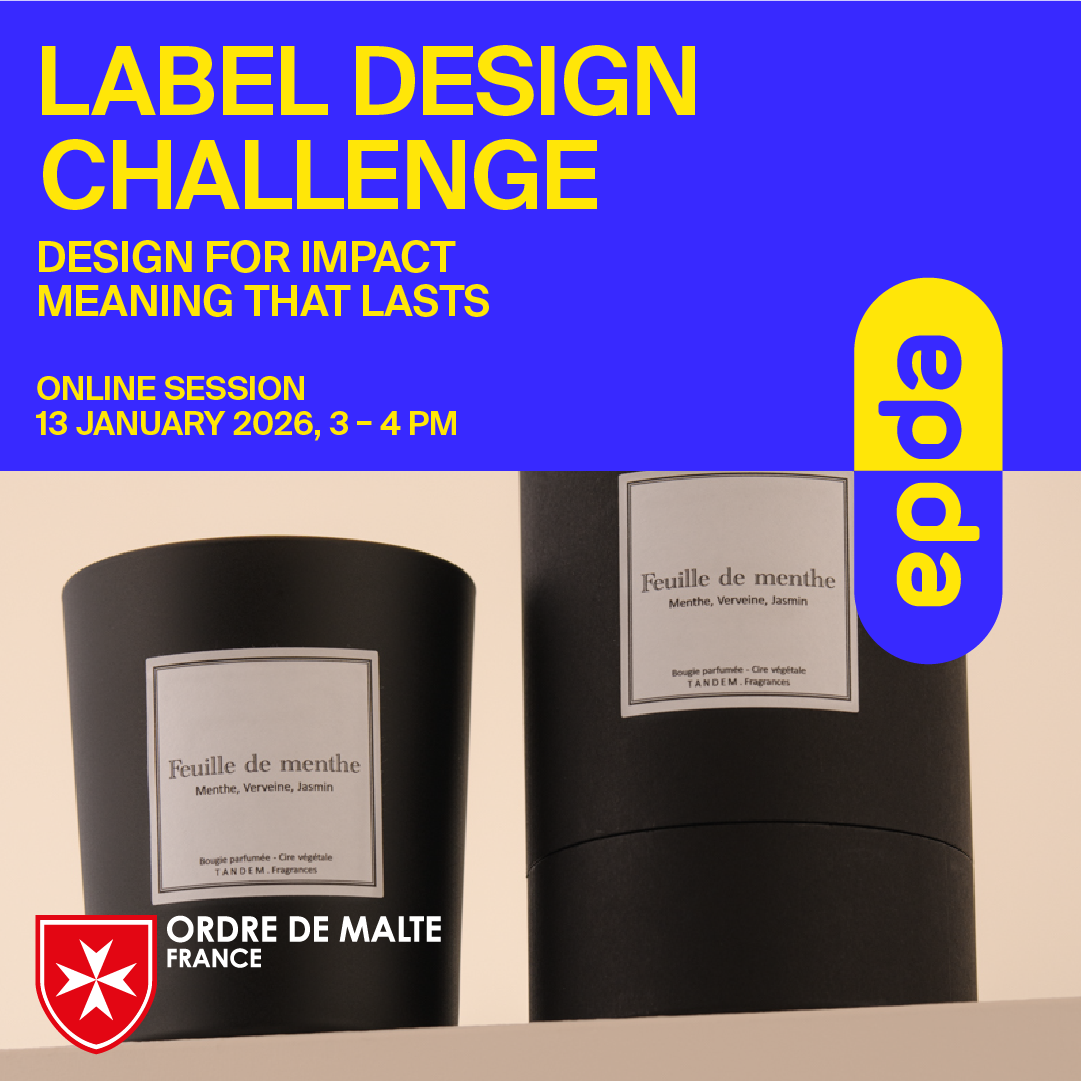10 bold uses of colour in branding
Colour has long been a key part of branding. Inevitably, over time certain colours can become associated with certain product groups, creating a visual short hand for consumers. While this may help customers identify product type, it’s not necessarily the best way for a brand to stand out on the shelves or in search results. Here are 10 examples of brands that are using colour in bold new ways to shake up how we think about packaging in popular categories.
- Orbita coffee
Spanish coffee brand Orbita has done away with the brown and black associated with the coffee industry in favour of a bold pink and green colour scheme. The eye-catching colour choice gives Orbita a strong identity that customers can easily recognise, as well as helping it stand out among its competitors online. It has also adopted a horizontal packaging design that is unusual compared to normal vertical bags for coffee, which adds to this unique identity.

- Wholly Veggie
Wholly Veggie, a plant-based food company, has aimed to reinvent the way consumers view vegetables with its branding. Notably, the company veers away from the green colour scheme usually adopted by plant based, vegetarian and vegan brands to bring in a wider, brighter colour palette. The packaging has very little representation of the product inside, instead opting to give the space over to bold colours and typography that are reminiscent of fast-food branding.

- Betr
US over-the-counter medicine brand Betr is using colour as a way to bring interest to a category that is known for its plainer packaging designs. The colourful approach isn’t just aesthetic though. It’s also an important functional choice. The company uses different colours to visually group medications together by type including pain relief, cold and flu medication, allergy relief and sleep aids. This makes it easy for consumers to make correct buying choices.

- WunderEggs
WunderEggs are a first in plant-based hard-boiled eggs. The ‘eggs’ look and taste like a traditional egg but are made from nuts making them suitable for consumers following vegan and other plant-based diets. In order to get its brand message across, WunderEggs needs customers to be able to recognise what it is but that it’s also not your average eggs. As such, it has adopted a vibrant colour scheme of shocking pink and bright yellow that sets it apart from anything else on the shelves. Yet, the box design still brings to mind a traditional egg box and label. They’re such a new concept that they’re not actually available yet. WunderEggs launches in 2022.

- Vegurt
Another alternative to animal-based products is Vegurt. Designed by Getbrand, this Russian vegan yogurt brand has chosen to shun the white colour scheme that defines the category for a more colourful packaging spectrum. The trendy design is perfectly aimed at social media photography and sharing, as well as clearly marking Vegurt out among its competitors on the shelf. As such, it won’t only catch the eye of consumers shopping for a plant-based diet, but also a wider potential audience.

Hoppers dog treats Packaging in the pet treat market tends to lean towards using animal photography and simple colour schemes. By contrast, Hoppers has adopted a more playful brand identity for its dog treats. Its packaging features cartoon dogs in different poses and utilises bright colours to draw attention. The on-pack cartoons also cleverly draw attention to one of Hoppers’ unique selling points – the use of cricket protein.

- ROCC toothpaste
Another category that is defined by a particular colour palette is toothpaste. Known mainly for the use of red, white and blue, toothpaste branding is largely uninspiring. As such, Australian toothpaste company ROCC has opted for a different colour story. Its tubes feature an eye-catching green offset by blue and pink typography. The green serves a dual-purpose in signposting ROCC’s sustainable credentials as a natural toothpaste alternative.

- Future Noodles
When you think instant noodles, you likely think red and white, and often busy, packaging. Future Noodles wants to change that. The UK-based producer of plant-based instant noodles uses green, pink and yellow to add interest to its fully recyclable cardboard packaging. The splashes of colour act as a contrast to a brown and black graphic that brings to mind noodles. The packaging also reminds of ice cream pints which is another way that Future Noodles sets its brand apart.

- Oentologie
The average bottle of wine has a fairly plain design featuring a white or cream label and minimal graphics. Oentologie’s wine labels are the exact opposite. Designed by JJ Bertran studio, its labels feature bold graphics in vibrant colours that act as mini works of art. Each label is designed to represent a different philosophical concept. Not only does this give customers a reason to keep returning to the labels in order to extract more insight, but it also positions Oentologie as an innovative brand in the wine sector.

- HIKI
Packaging in the deodorant sector tends to pull from a black or white colour palette, with the occasional splash of blue or green. As such, HIKI is a breath of fresh air. This vegan deodorant brand sports a range of bold colours across its packaging, often combining three contrasting colours in the one design. This gives the brand a modern, young feeling. HIKI also uses its bright colours to differentiate between its scents at a glance.

By Cate Trotter, Head of Trends at retail futures consultancy Insider Trends.


